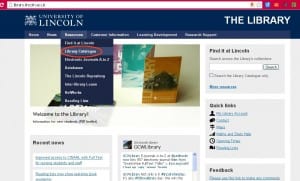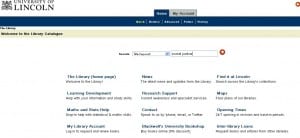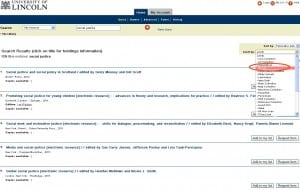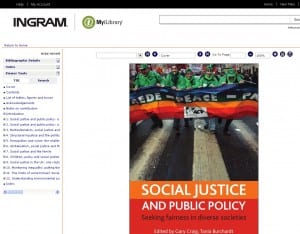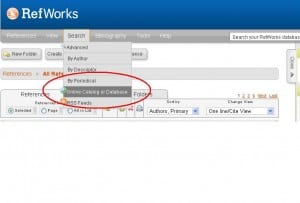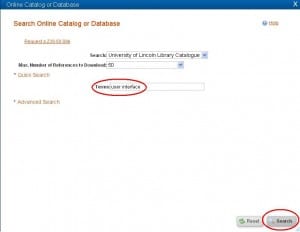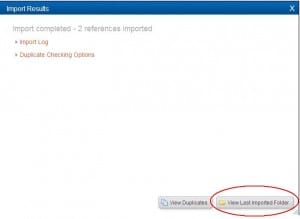Posted by Elif Varol | Posted in E-resources, Library, Uncategorized | Posted on October 2, 2012
We are looking in to changing the way we authenticate our users to access electronic resources at the University of Lincoln.
The first part of this project was introducing to launch EZProxy, the next stage will be upgrading Athens. Currently, we run Athens DA (running on the Portal) which we have been running for 8 years and it is time to upgrade something more modern that will integrate other systems better.
Eduserv who provides Athens DA have an up-to-date product which is OpenAthens LA 2.2.
Earlier this year, I went to the training at South Leicestershire College about how to configure OpenAthens LA to:
- “Categorise your users
- Define attributes based on available criteria
- Set up your attribute release policy
- Connect to both Athens & Shibboleth resource”
In this training, we covered Wayfless URLs, how OpenAthens can be used to release different user attributes to different library service providers, statistics and usage reporting and the differences between SAML (a standard protocol for authentication) and Shibboleth which is an identity provider software. However, people get confused with SAML and OpenAthens which is an IdP (Identity Provider) service which is also SAML compliant.
Here are some useful links on OpenAthens:
- OpenAthens LA 2.0 Introduction (Presentation slides)
- OpenAthens LA 2.2: Statistics (blog post by Eduserv)
- OpenAthens LA 2.2: Integrated Proxy (blog post by Eduserv)
Presently, we are waiting ICT Services to release a new server for us to install and configure OpenAthens LA. We will then look at what changes we need to make to our e-resources URLs- Wayfless or otherwise, how OpenAthens will relate to EZProxy and how all the different authentication systems fit together (Alex Bilbie is working on this integration under the Linkey project).


